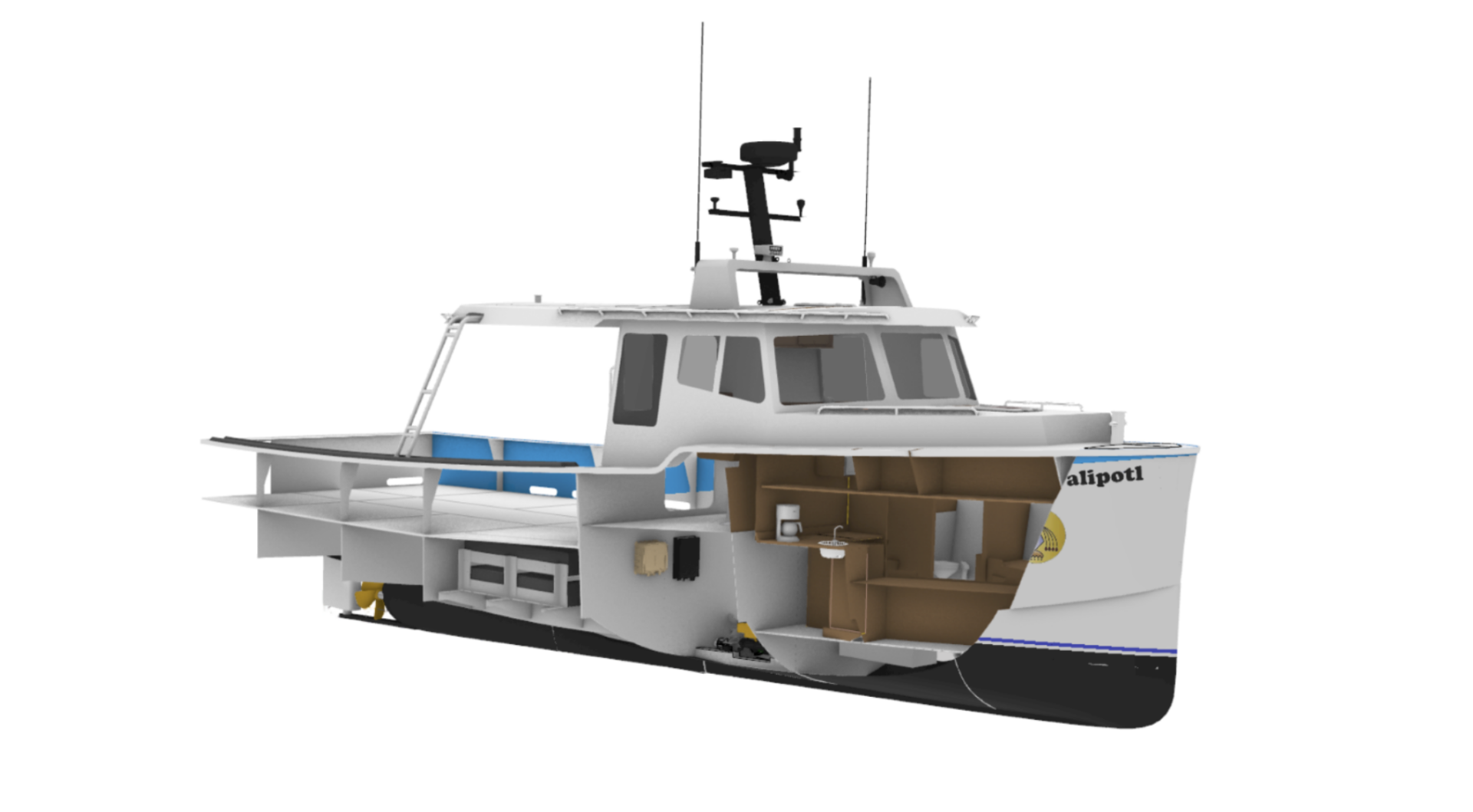Nova Scotia Invests in the Future of Sustainable Fishing with $250,000 for Canada’s First Electric Lobster Boat

The shift towards cleaner, more sustainable fisheries took a major step forward with a $250,000 investment from the Province of Nova Scotia to support the development of Canada’s first all-electric lobster fishing vessel.
The L’Ektrikel Walipotl project, a collaboration between Membertou First Nation, Allswater, BlueGrid, and Oceans North, is set to redefine how lobster boats operate, reducing emissions while improving efficiency and cost-effectiveness for fishers.
A Game-Changing Investment
With the province’s support, this investment will help propel the project into the construction phase, bringing the first electric lobster boat to life in Nova Scotia. Designed with efficiency and sustainability in mind, this pioneering vessel leverages advancements in battery-electric propulsion to deliver a clean, quiet, and high-performing alternative to traditional diesel-powered boats.
“This investment is a major milestone for the project and for the future of sustainable fishing in Canada,” says Rob Crutcher, CEO of Allswater. “Electrifying lobster boats has the potential to significantly reduce emissions while keeping operating costs down for fishers. We’re excited to see this technology put to work.”
Nova Scotia’s investment aligns with a broader movement towards decarbonization in the maritime sector. The commercial fishing industry is a cornerstone of the region’s economy, and transitioning towards electric propulsion presents a long-term solution for reducing dependency on fossil fuels. By adopting cleaner technologies, fisheries can remain competitive while also contributing to environmental preservation efforts.
Why Electric?
Lobster fishing vessels in Nova Scotia typically operate close to shore on predictable routes, making them excellent candidates for electrification. Although not suitable for all fisheries or operations, with advancements in battery technology, it is now possible to develop an electric boat that can handle the rigorous demands of a full workday on the water. Beyond reducing emissions, electric lobster boats offer additional environmental benefits, including lower maintenance costs and quieter operation, which improves working conditions for fishers.
Moreover, the quieter operation of electric boats enhances communication onboard and reduces noise pollution in marine environments, benefiting both fishers and aquatic life.
The potential for bi-directional charging is another groundbreaking aspect of the project. When the boats are not in use, they could serve as energy storage units, returning power to the local grid. This feature could provide additional income for fishers while contributing to energy resilience in coastal communities.
Bringing the Electric Lobster Boat to Life
With the initial design phase complete, construction of the L’Ektrikel Walipotl is set to begin later this year. This milestone signals not only progress for the project but also for Nova Scotia’s leadership in clean marine technology.
The success of this project could serve as a model for other fisheries across Canada and beyond. If proven effective, similar electrification initiatives could be implemented in other commercial fishing sectors, accelerating the transition toward sustainable marine operations on a larger scale.
This investment underscores a shared commitment to reducing carbon emissions, supporting coastal communities, and future-proofing one of Nova Scotia’s most vital industries.
Stay tuned as we continue to share updates on the journey towards launching Canada’s first electric lobster boat.